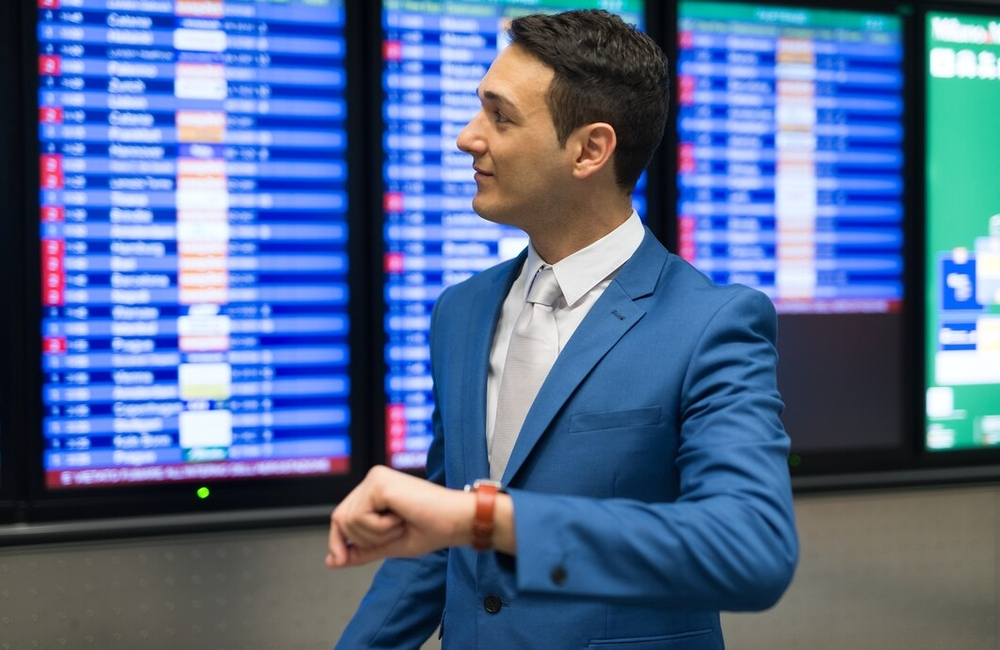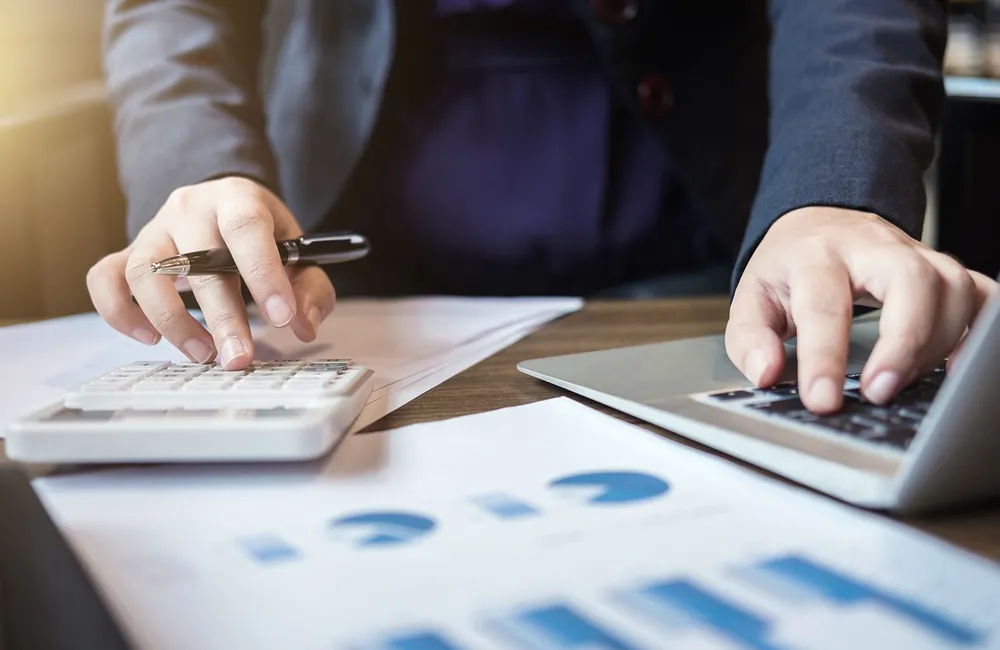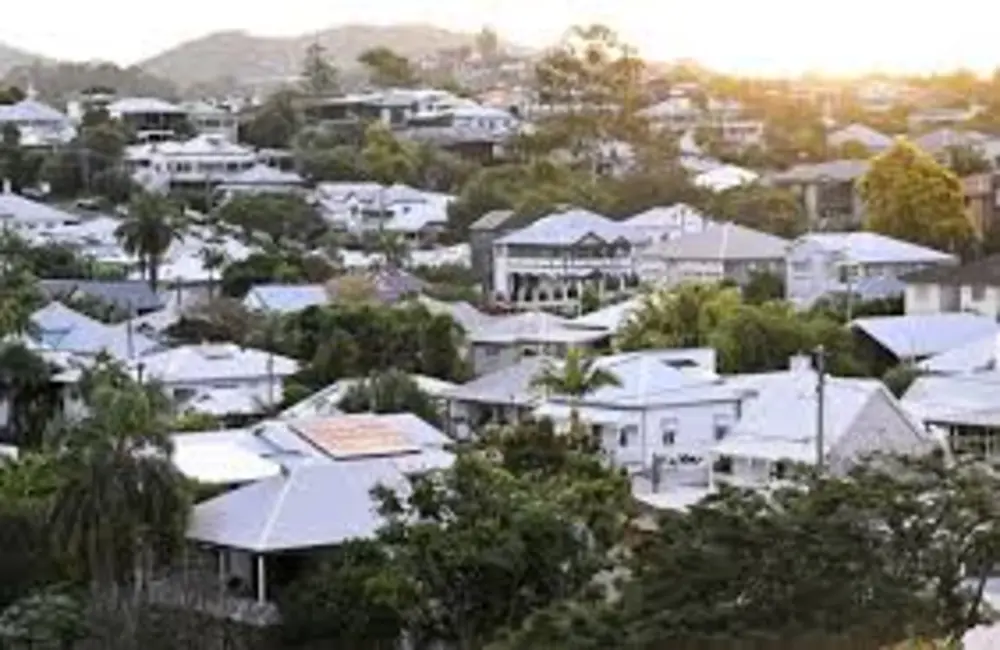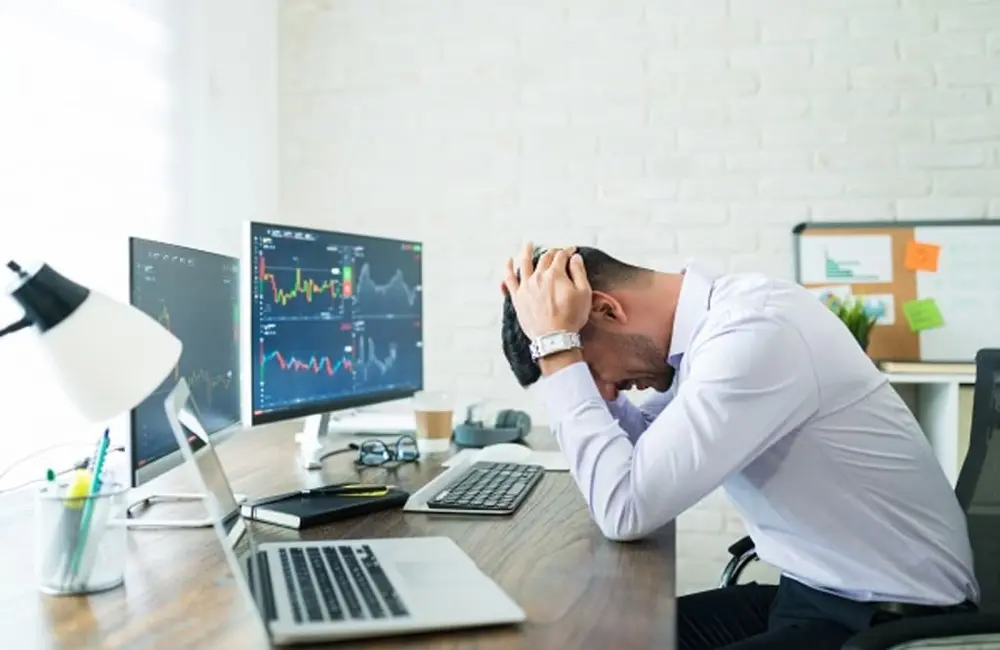Australia
Australian shares look likely to open slightly higher after a dip on Wall Street as investors continue to mull fears of a global economic slowdown. ASX futures will be 14 points or 0.21 percent higher at 6480 at 7:00 am on Tuesday, indicating a small rise at the open. U.S. stocks continued to slide Monday, as investors worried anew about the health of the global economy.
The major indexes had opened lower, moved higher in morning trading and then fell again by midday. The selloff picked up steam in afternoon trading. The whipsawing indicated investors’ confusion about where the economy is headed and how to divine what policymakers are doing to get the economy back on track.
During afternoon trading, the S&P 500 dropped 0.6%, to pace for its lowest close of 2022. The Nasdaq Composite rose less than 0.1%, and the Dow Jones Industrial Average fell 0.8%, or around 246 points, to about 29347. And the Dow, which already closed on Friday at its lowest level of the year, was on track to enter bear market territory. Wall Street considers that to be a decline of 20% or more from a recent high.
All of that, turbocharged by volatility, has jolted stocks, currencies and commodities in recent weeks. Central banks everywhere, including in the United States, are attempting to play catch-up with inflation by raising interest rates. That has left investors coming to grips with what appears to be an end to a decades long period of low interest rates.
The stock market’s swoon is a reversal from its brief rally over the summer, when investors were making bets that the Federal Reserve would begin cutting interest rates in coming years, and that stocks were in the process of finding a bottom. But the Fed chairman, Jerome H. Powell, doused those bets in his August speech in Jackson Hole, Wyo., where he repeated the central bank’s intention to continue raising rates to fight inflation.
"My concern is that there’s a view that the Fed’s going to raise rates until it breaks the economy, or something breaks,” said Paul Donovan, chief economist at UBS Global Wealth Management.
In commodities, Brent crude oil fell by 2.66 percent to $US 83.86 a barrel, gold slid 1.33 percent to US$1,622. Yields in local bond markets increased with the 2 Year Australian government bond yield up to 3.47% but the 10 was also lower closing down to 3.98%. Abroad, 2 Year US Treasury notes yielded 4.34% and 10 Year US Treasury notes were at 3.92%. The Australian dollar fell to 64.68 US cents from 65.31 at Thursday’s close. The Wall Street Journal Dollar Index, which measures the U.S. currency against 16 others inched up to 105.11.
Asia
The government’s extended zero-Covid policy weighed on Chinese shares. The benchmark Shanghai Composite Index dropped 1.2% to 3051.23, the Shenzhen Composite Index fell 0.7% to 1949.00 and the ChiNext Price Index added 0.8% to 2323.05. The yuan will now be in focus though after the PBOC announced on Monday it would reimpose the 20% risk reserve requirement ratio for FX derivative sales applying from Sept 28. “The move probably indicates PBOC discomfort with the recent sharp depreciation of CNY as the USD continues to strengthen,” analysts at Goldman Sachs write in a note. Banks traded lower, with Agricultural Bank of China down 1.0% and Bank of China off 1.3%.
Stocks in Hong Kong had a relatively modest lead in morning trading, rebounding somewhat from early declines, during another tentative day of recovery from last week’s widespread downturn. The Hang Seng Index rose 0.1% to 17950.59. Casino operators in Macau outpace the overall market higher after the city announced it will soon resume allowing group tours from mainland China. Sands China surged 14 percent, and Galaxy Entertainment gained 7.4 percent. But analysts at Ping An Securities caution that the risk-averse mood is expected to linger in the short term amid a high interest-rate global backdrop. But while the market’s valuations are cheap, there are few signs of a clear path to recovery, they say.
Japanese shares closed sharply lower, pushed down by a tumble in auto and energy stocks as worries remained about how major central banks’ policy tightening would affect the economic outlook. Nissan Motor fell 5.7 percent, and Inpex Corp. was down 9.9 percent. The Nikkei Stock Average dropped 2.7% to 26431.55. The yen and stock market investors are paying attention to comments by government officials on policy. The dollar was at 143.88 yen, up from 143.34 yen late Friday in New York. The yield on the 10-year Japanese government bond increased one basis point to 0.245 percent.
Europe
European shares fell after losses in Asia and ahead of an anticipated lower opening in the United States. The pan-European Stoxx Europe 600 fell 0.6% and the French CAC 40 and German DAX fell roughly 0.1%. In London, the FTSE 100 lost 0.7% even as sterling sank after Friday’s contentious U.K. government budget statement.
"Selling has hit all major markets in Asia so the week has kicked off in a pretty sour mood for the equity markets, although the free-fall in the pound has been stealing all the headlines," IG analysts write. And talk of an emergency Bank of England hike is now everywhere, they say.
The pound sterling may find it difficult to rally meaningfully against the dollar until there is an end in sight to the US currency’s rally, says Societe Generale. "I didn't think we'd head below GBP/USD 1.10 but the potential for Sterling to overshoot, we all know about that," says SocGen forex strategist Kit Juckes in a note.
A divergence between GBP/USD and the yield spread between U.K. government bonds and U.S. Treasuries reflects the loss of confidence in U.K. policy and is arguably even more extreme than in March 2020, when the Federal Reserve slashed interest rates, Juckes says. Yet easier Fed policy or a coordinated policy response to halt the dollar’s rise is unlikely, he says.
North America
U.S. stocks extended their slide on Monday as investors fretted about the health of the global economy.
The big indexes opened lower, gained in morning trading and then declined at mid session. The decline accelerated in afternoon trading. The whipsawing was a clear indication of the uncertainty investors feel about where the economy is headed and how to interpret the efforts of policymakers to guide it back to safety.
Afternoon Trading The S&P 500 was measured down 1.0% at 3 p.m., was on pace to hit a new 2022 low. The Nasdaq Composite added less than 0.1%, and the Dow Jones Industrial Average lost 0.8%, or around 246 points, to about 29347. The Dow, which had already finished Friday at the lowest level for the year, was on track to enter bear-market territory. Wall Street considers that to be a decline of 20% or more from a recent high.
A turbocharged wave of volatility has jolted everything from stocks and currencies to commodities in recent weeks. Central banks globally, including in the United States, are struggling to catch up with rising inflation by tightening policy. That has left investors to grapple with the end of an era of low interest rates that lasted for decades.
The stock market’s steep decline is in stark contrast to the brief summer rally, when investors had been betting that the Federal Reserve would begin reducing interest rates next year and that stocks were approaching a bottom. But hopes that the Fed would be more relaxed about spending restrictions were quashed by Fed Chairman Jerome Powell in his August speech in Jackson Hole, Wyo., where he affirmed the central bank’s intention to continue jacking up rates to combat inflation.
“My fear is that there is an idea out there that the Fed is going to hike rates until it breaks the economy, or something breaks,” said Paul Donovan, chief economist at UBS Global Wealth Management.
In the past week, the Fed served up another supersize rate increase and signaled that yet more substantial increases are probably coming, even if they bring a recession. That raised fresh concerns with already-nervous investors.
“We’re concerned the Fed is on a more aggressive path than required,” said Jeremy Schwartz, global chief investment officer at WisdomTree Asset Management.
The ripple effects from the Fed’s higher rates are spreading to every corner of the economy. Rates have doubled in the past year, casting a chill over the housing market even while inflation is running stubbornly hot overall. Home prices continue to rise year-over-year, but month-to-month price gains are shrinking. That, Mr. Schwartz said, is a sign that inflation may be cooling down.
Prices of U.S. government bonds dropped, and yields climbed once again. The yield on 10-year Treasurys climbed to 3.873%. It was at 3.695% on Friday, already close to the highest level in more than a decade.
“The market is finally starting to come back around to reconciling the steps that the Fed is, in fact, going to take,” said Brando Reyna, a portfolio manager for Novare Capital, a Charlotte-based investment adviser with $1.3 billion in assets under management. “They said, ‘Our number one problem is inflation,’ and I 100% agree with them.”
























